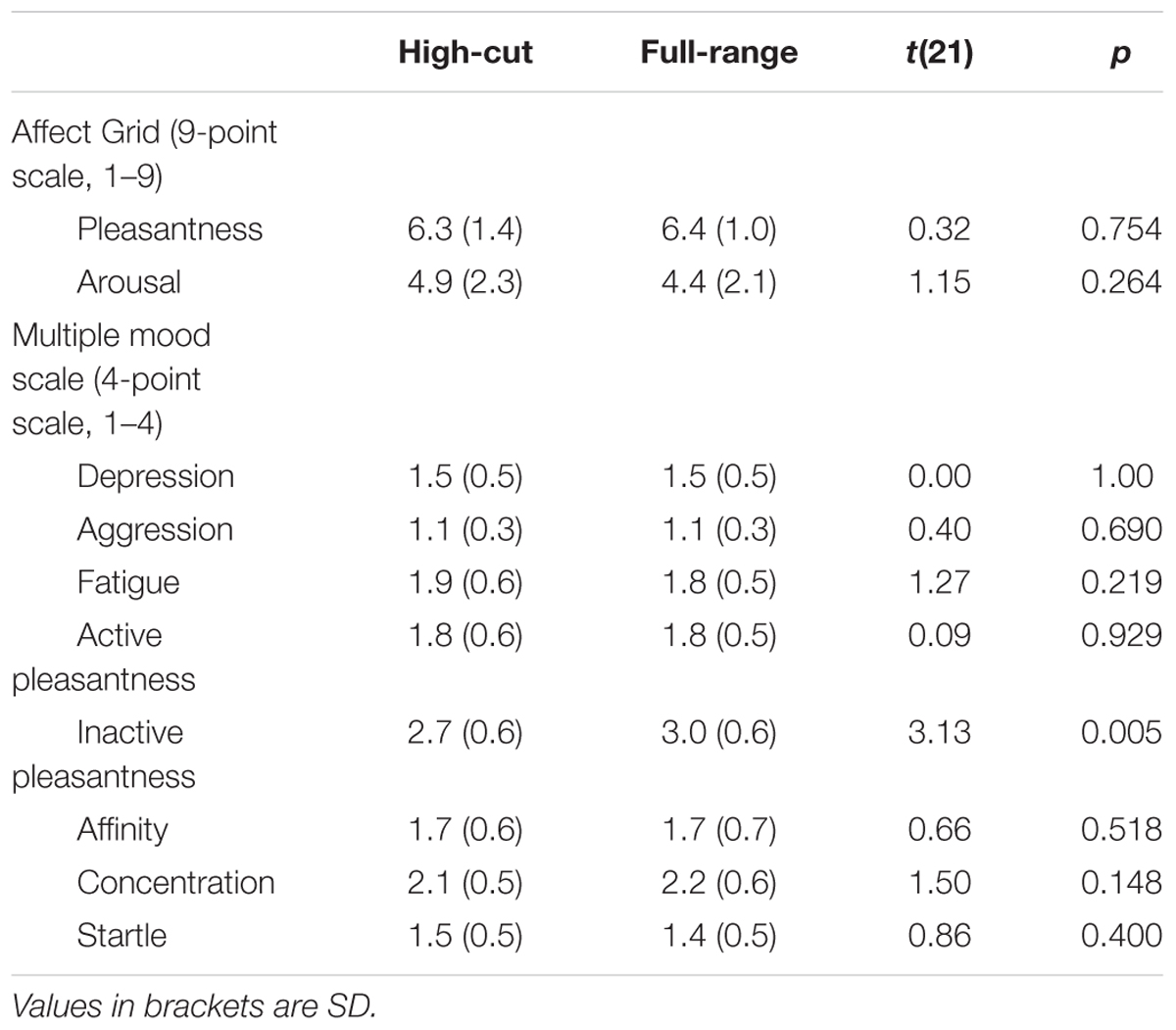It seems like there's been a lot of back-and-forth about if the OP is wasting his time. I say if
@vintologi wants to do it, great. I think if someone wants to conduct an experiment for their own personal interest or amusement, that's great. But (of course there is one), the experiment has to be setup correctly and executed correctly, otherwise it's like an editorial is to the news (maybe based in fact, but rather untrustworthy; it's just entertainment).
What I think the OP should do is post a detailed experimental plan, along with equipment and room specifics, and get feedback about if this will have a chance to measure what he wants to measure. Maybe I missed the post, but apart from identifying one or two tracks and some others suggesting mics, I've not seen anything specific about speakers, dacs, mics, geometry, method of blind testing, how to sample/resample for control tracks, specific settings on the equipment, etc. And reporting the results of an improper experiment just confuses other people without a deep background.

